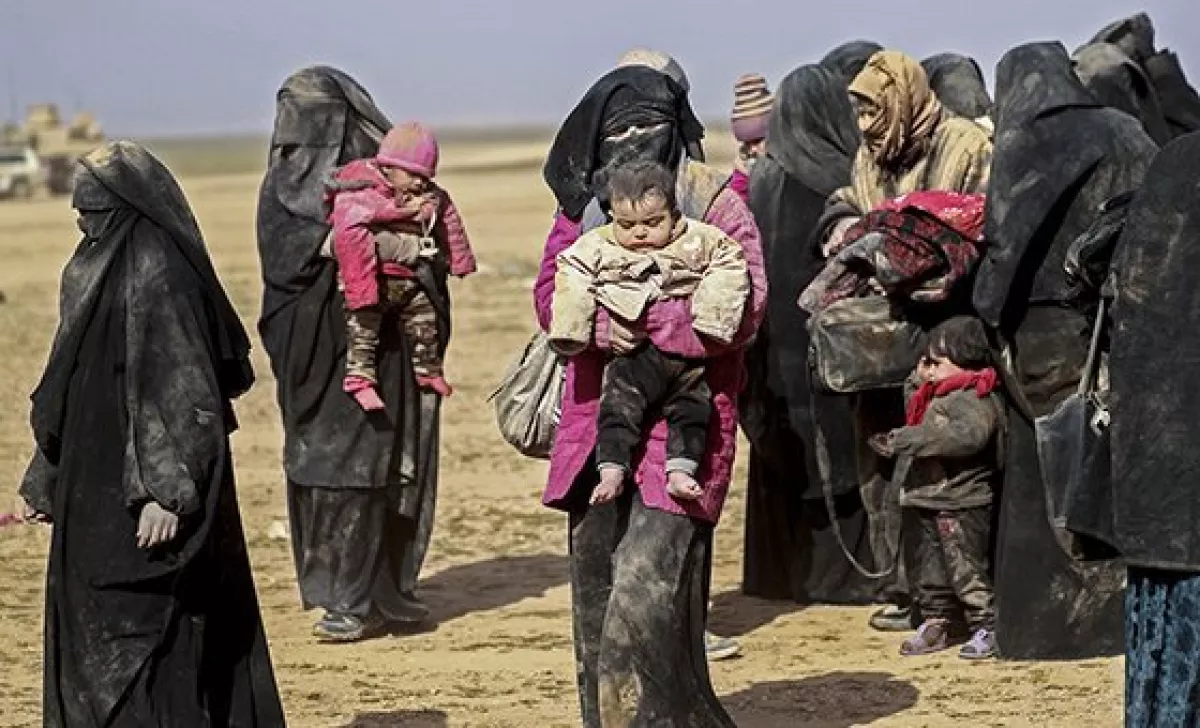Drones from above — tunnels from below The military apocalypse in the Middle East
Underground cities are growing throughout the region. What is happening increasingly resembles post-apocalyptic films and action movies about a future world after a nuclear war or a series of natural disasters.
The lightning-fast attack by the HTS group, which overthrew Assad's regime in just 11 days, entering Damascus on December 8, 2024, was the result of new methods of warfare. The HTS armed forces mastered drone warfare: drones were used both for reconnaissance and for destroying enemy armoured columns. This led to the flight of Bashar al-Assad's supporters, who abandoned a large amount of military equipment.
However, drones are not the only innovation that has influenced the situation in the Middle East. The second key factor was underground warfare.

According to Major General (res.) Itzhak Brick of the Israel Defence Forces (IDF), Israel has destroyed only about 10 per cent of the tunnels in Gaza over a year and a half of war. The IDF lacks the resources for a full occupation of the enclave; several more divisions would be needed for that.
At the same time, it remains unclear what could be achieved even with an increase in troop numbers: Hamas militants emerge from the tunnels behind Israeli units, attack them, plant mines, and then disappear back underground.
The tunnel network in Gaza is so vast that it is essentially a full-scale underground city. It houses workshops for manufacturing light firearms, grenade launchers, mines, and rockets, large stockpiles of food, ammunition, hospitals, and shelters.
Some of the tunnels lead to Sinai, where Hamas trades with local Bedouin tribes, purchasing weapons from them. The group has replenished its ranks by mobilising 15,000–20,000 new fighters, compensating for the losses sustained in battles with Israel.
Since Hamas has significant stockpiles of food and medical supplies, the group uses them as a recruitment tool amid the humanitarian crisis in the Gaza Strip.
However, the quality of the new recruits is noticeably lower: thousands of commandos from the "Nukhba" and other elite units, who were trained for years, can no longer be replaced.

Gaza is not the only place in the Middle East where underground cities have emerged. In Syria, in areas controlled by Kurdish armed groups and the Americans, the Kurdish formations have also constructed underground fortifications beneath certain Syrian towns. These are real strongholds that allow for combat operations to continue for months.
ISIS militants in the Syrian Desert have also created a network of underground hideouts, although it is smaller in scale compared to the tunnels in Gaza. These shelters serve as hiding places from pursuers and the harsh desert heat, as well as storage for food, water, and personnel.
Their adversaries — the pro-Iranian Hezbollah formations, which control part of Lebanon — have been building underground labyrinths for decades to protect themselves from Israeli airstrikes and to carry out guerrilla warfare.

The tactic of underground warfare was first employed in the region by fighters from Iran's Islamic Revolutionary Guard Corps (IRGC) during the Iran-Iraq War of 1980–1988. They borrowed it from the Vietnamese partisans who had resisted the United States. Since then, underground warfare methods have been refined and developed.
Given the military-technological superiority of their opponents — primarily due to airstrikes, artillery, and drones, which pose a deadly threat to any ground infrastructure — more and more armed groups are shifting to this new type of warfare.
The Middle East is gradually becoming populated with underground cities. If this is what the future looks like, humanity may soon be forced to partially relocate underground.








